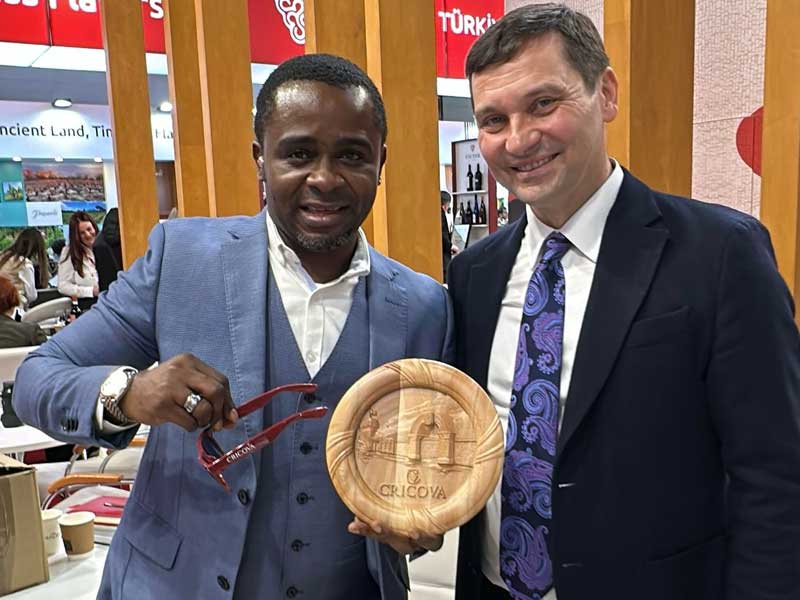Understand the process of wine tasting through four fundamental steps. Wine professionals employ the subsequent tips to enhance their tasting skills and improve their capacity to remember different wines. While these techniques are utilized by experts, they are quite straightforward and can assist anyone in developing their wine palate.

Wine tasting is an experience accessible to all; it merely requires a glass of wine and the capacity to perceive. The process of wine tasting consists of four distinct stages:
Observation: Conduct a visual evaluation of the wine in a neutral lighting environment.
Aroma: Discern the fragrances using ortho-nasal olfaction (for instance, inhaling through the nostrils).
Palate: Evaluate the taste composition (such as acidity, bitterness, and sweetness) as well as the flavors detected via retronasal olfaction (for example, utilizing the back of the nasal passage to breathe).
Reflection/Conclusion: Formulate a comprehensive understanding of the wine, enabling it to be retained in your long-term memory.
How to Evaluate Wine
- Observe
Examine the hue, clarity, and thickness (often referred to as wine legs). This step should not take more than five seconds. Substantial insights about a wine can be derived from its visual characteristics, although if you are not tasting in a blind manner, most of the information these clues offer will be located on the label (for instance, the vintage year, alcohol by volume, and grape type). - Inhale
When you begin to evaluate the aroma of the wine, start with broader categories before narrowing down. Are there any fruits detected? Begin with general classifications such as citrus, orchard, or tropical fruits in white wines, or in the case of red wines, red, blue, or black fruits. Focusing too specifically on one aroma can lead to disappointment. Generally, you can categorize the aroma of wine into three main groups:
Primary Aromas are those derived from the grape, encompassing fruits, herbs, and floral elements.
Secondary Aromas emerge from the winemaking process. The most notable aromas are those originating from yeast, which are typically found in white wines, such as cheese rind, nut shells (like almond and peanut), or stale beer.
Tertiary Aromas result from aging, often in a bottle or possibly in oak barrels. These scents are mainly savory: including roasted nuts, baking spices, vanilla, fallen leaves, aged tobacco, cured leather, cedar, and occasionally, coconut.
- Savor
Our tongues act as instruments for tasting the wine, and upon swallowing, the aromas may alter as they reach us through retro-nasal perception.
Taste: The tongue can perceive salty, sour, sweet, or bitter sensations. All wines possess some level of acidity due to the inherent acidity of grapes. This acidity can vary based on the climate and type of grape. Certain varieties may possess a natural bitterness (for example, Pinot Grigio), presenting a light, enjoyable tonic-like flavor. Some white table wines retain a small fraction of their natural grape sugars, imparting a hint of sweetness. Sweetness cannot be detected by smell, as only the tongue is capable of identifying it. In rare cases, some wines may exhibit a salty flavor, with a few exceptional reds and whites possessing this quality.
Texture: The tongue can «feel» the wine and recognize its texture. The textural aspect of wine is influenced by several factors; however, increased texture generally correlates with wines that are higher in alcohol and more mature. Ethanol contributes to a wine’s texture as it is perceived as «denser» than water. Tannins can also be discerned through the tongue, providing a drying sensation reminiscent of sandpaper or a tongue depressor found in red wines.
Length: The flavor of wine unfolds over time, encompassing an initial phase, a mid-palate, and a concluding finish. Consider how long the wine will linger on your palate.
- Reflect
Does the wine exhibit good balance, or does it feel overly acidic, alcoholic, or tannic? Did you find the wine enjoyable? Was it distinctive or forgettable? Were there any standout qualities that impressed you?

The most important thing, more than understanding wine, is to enjoy it! Discover Cricova products, even if you know or not about wines, we’re pretty sure you’ll enjoy our products!



